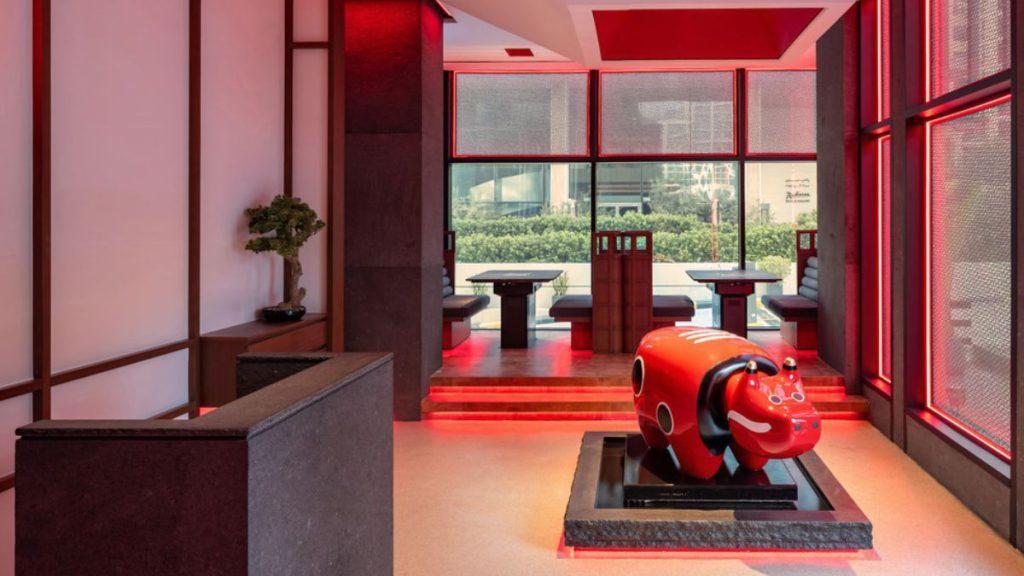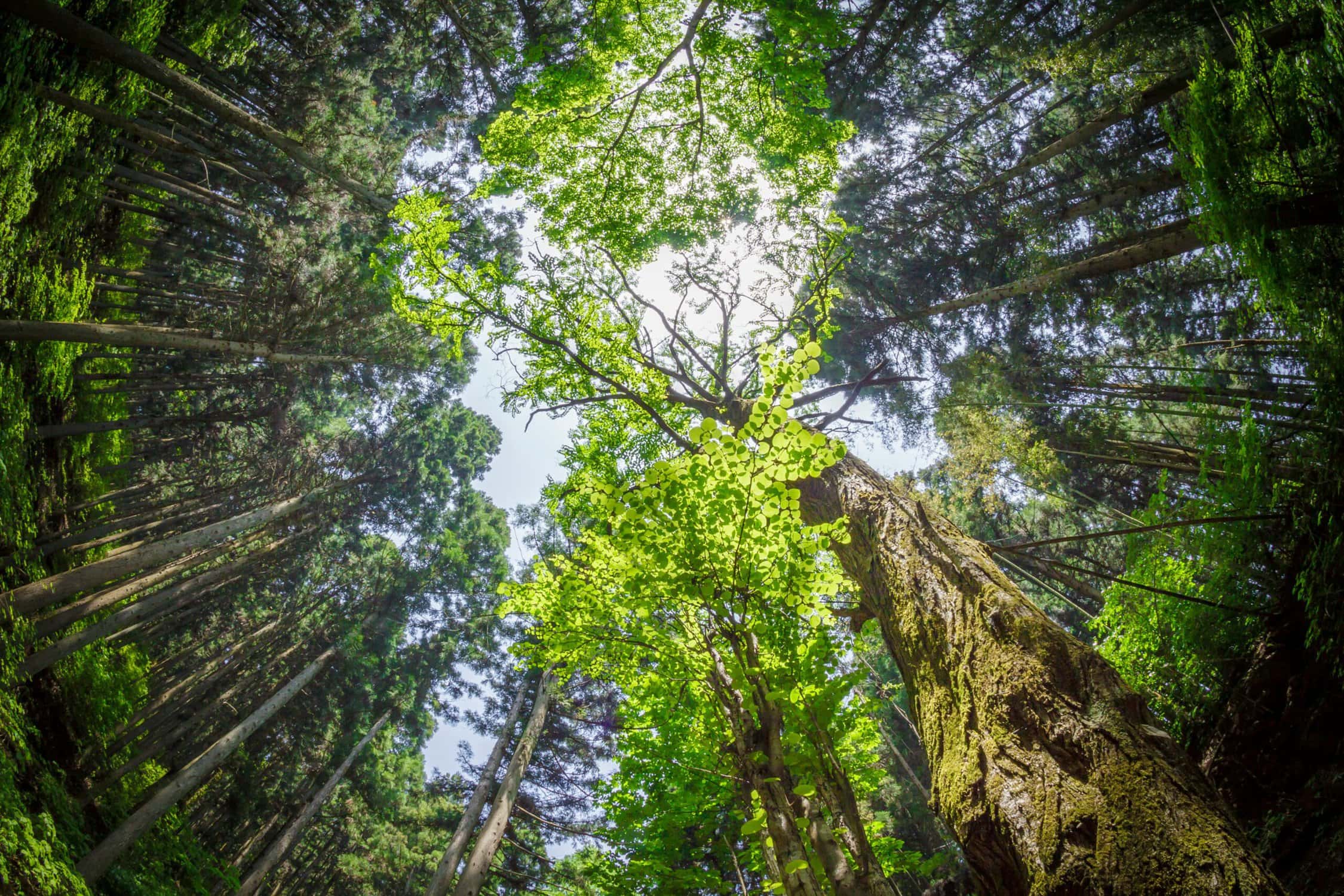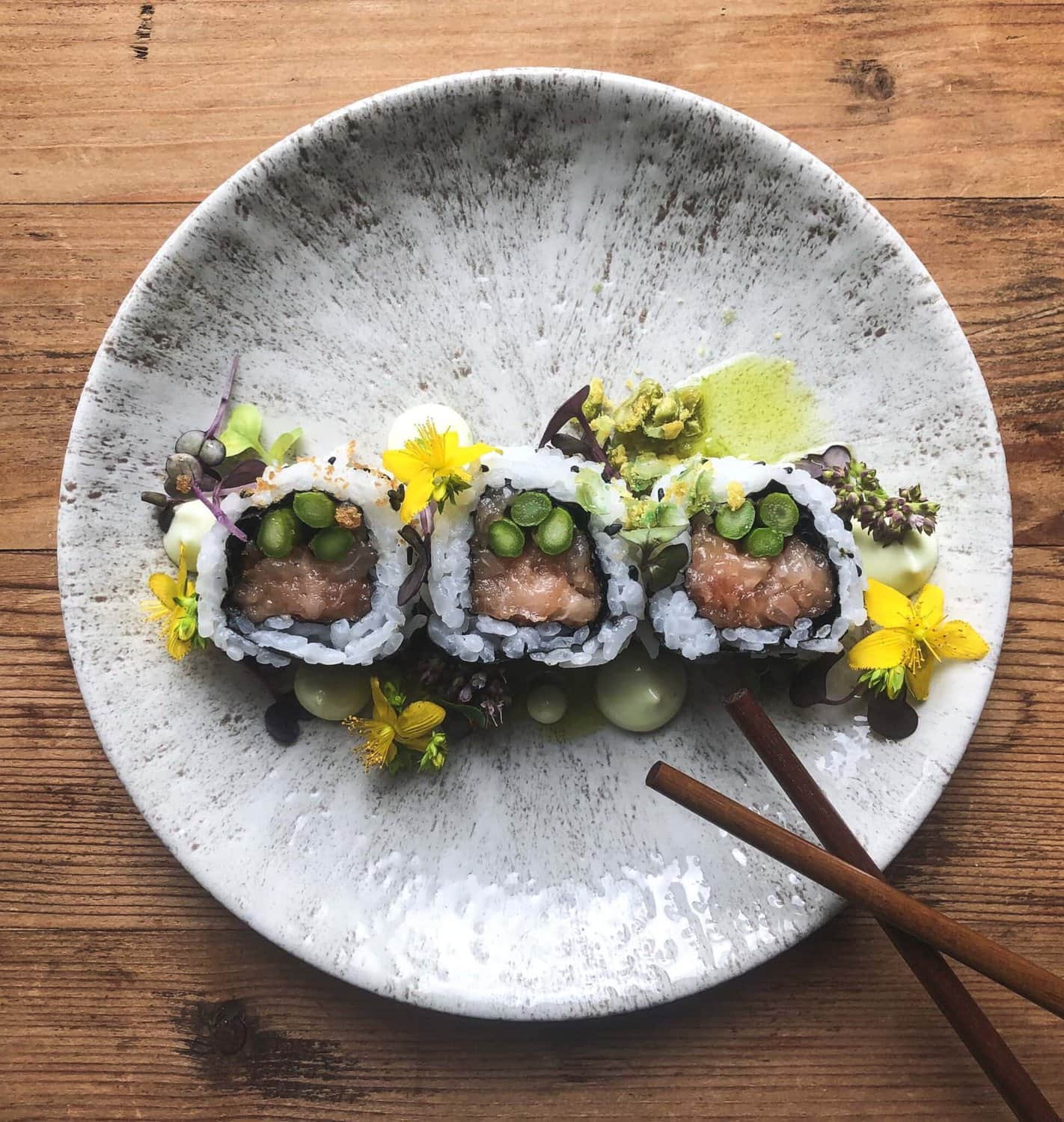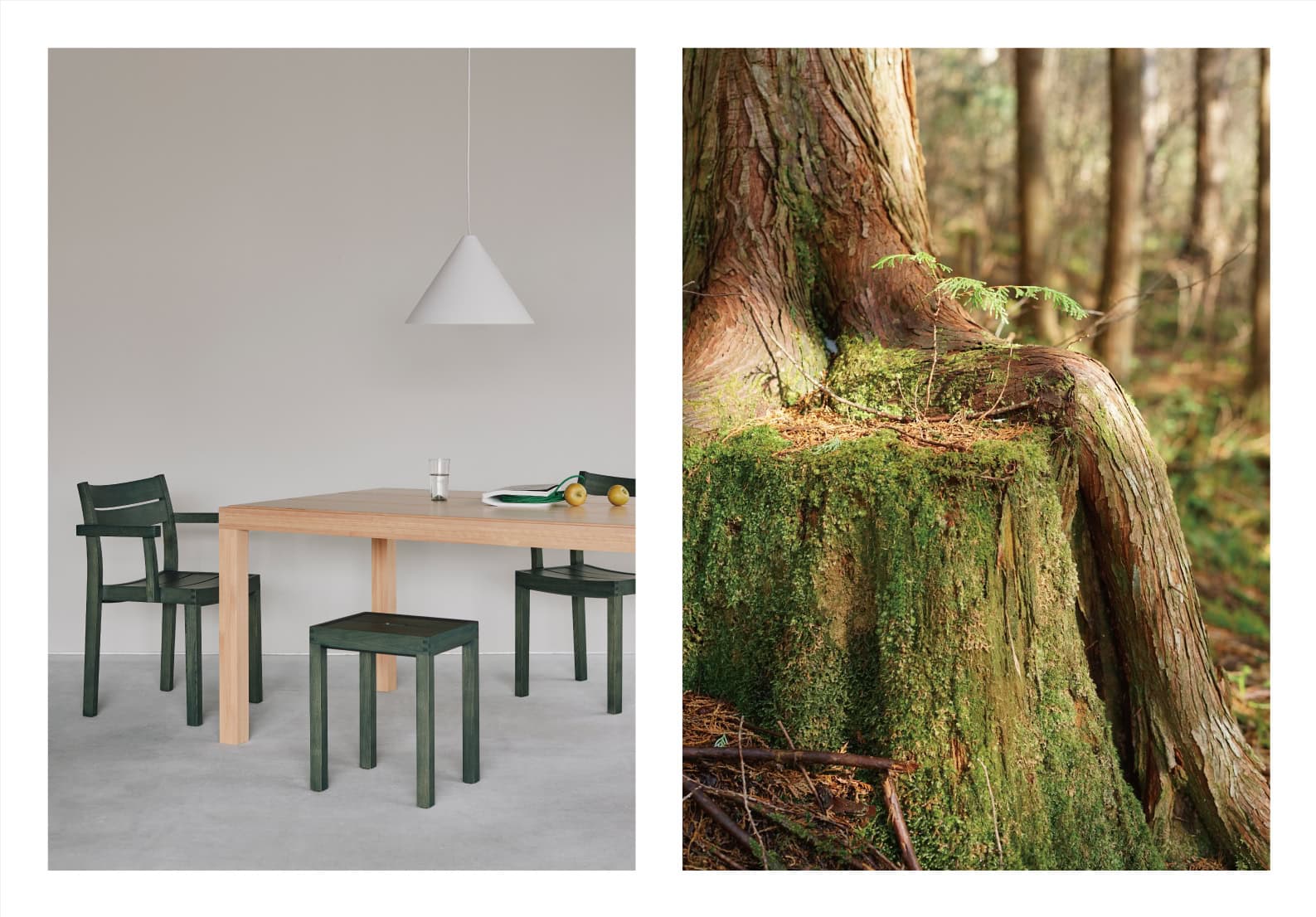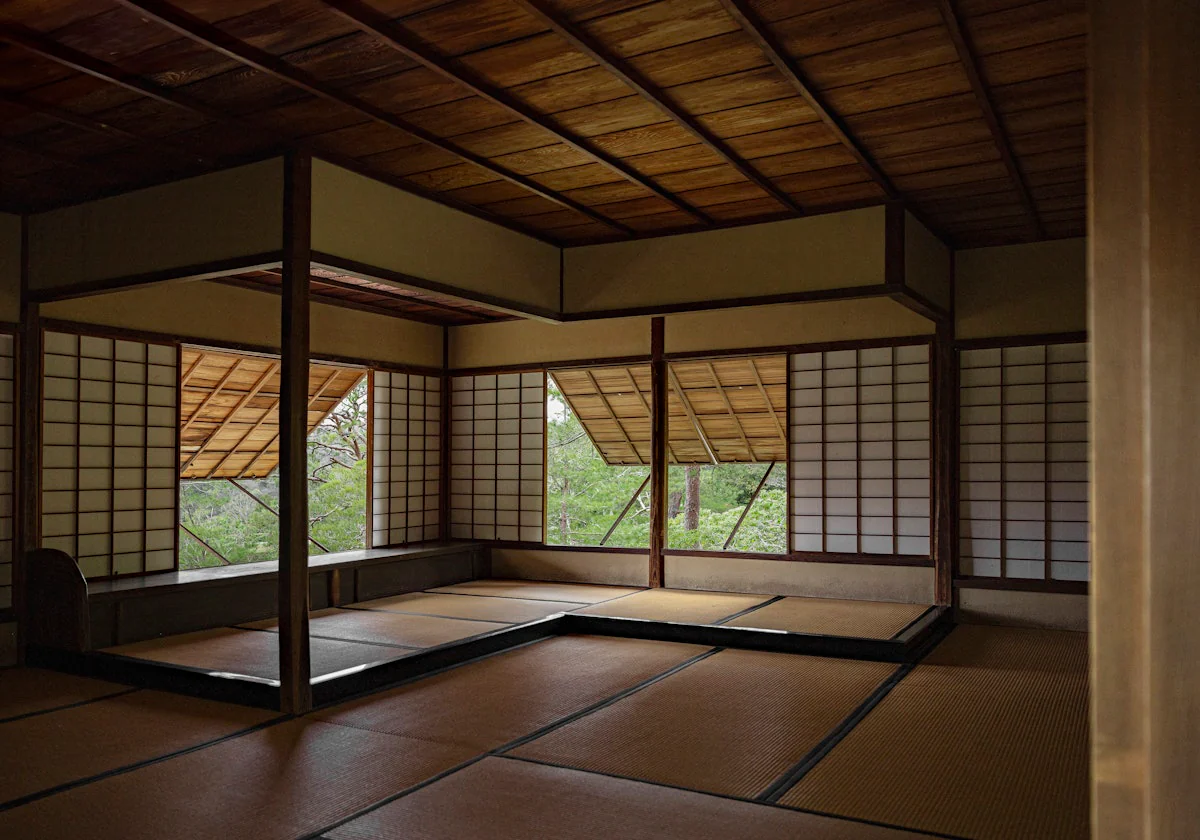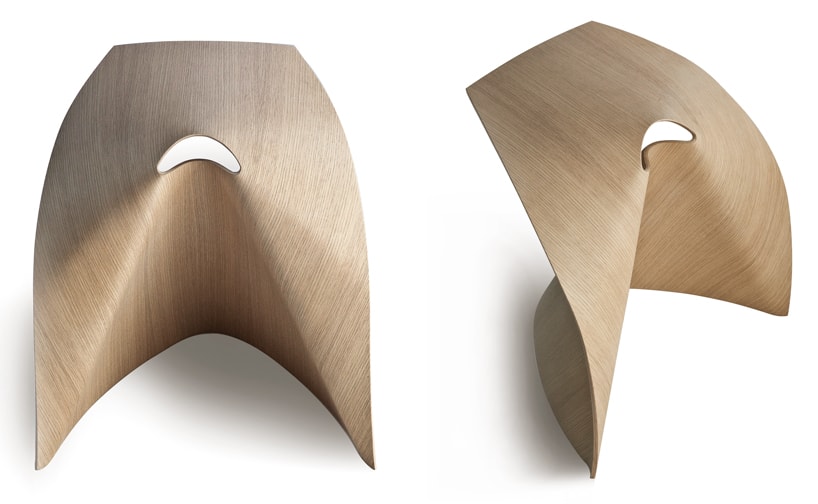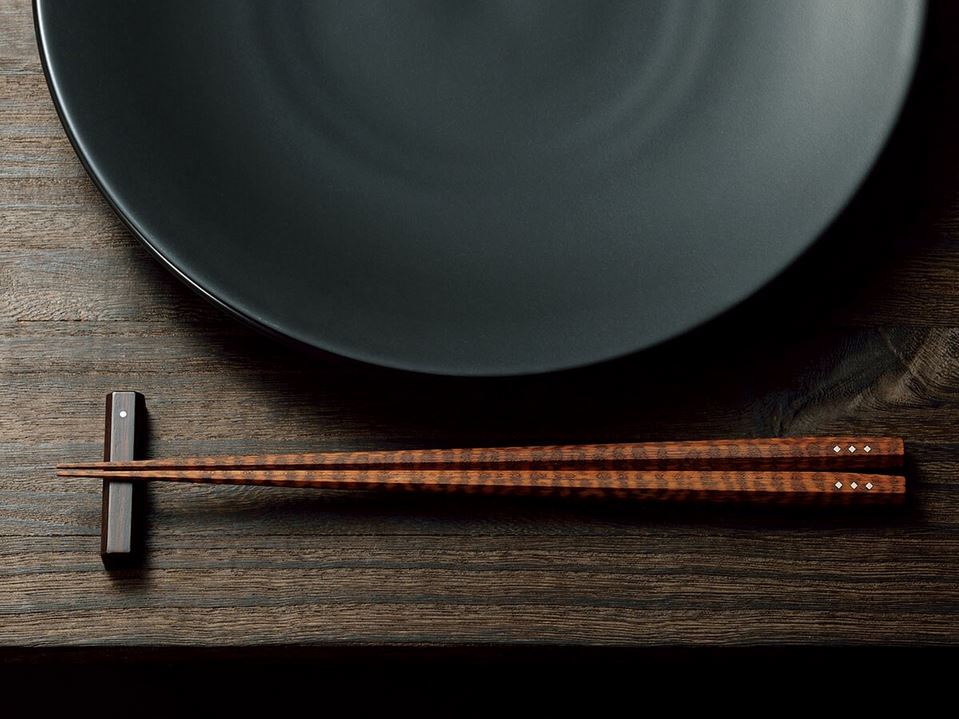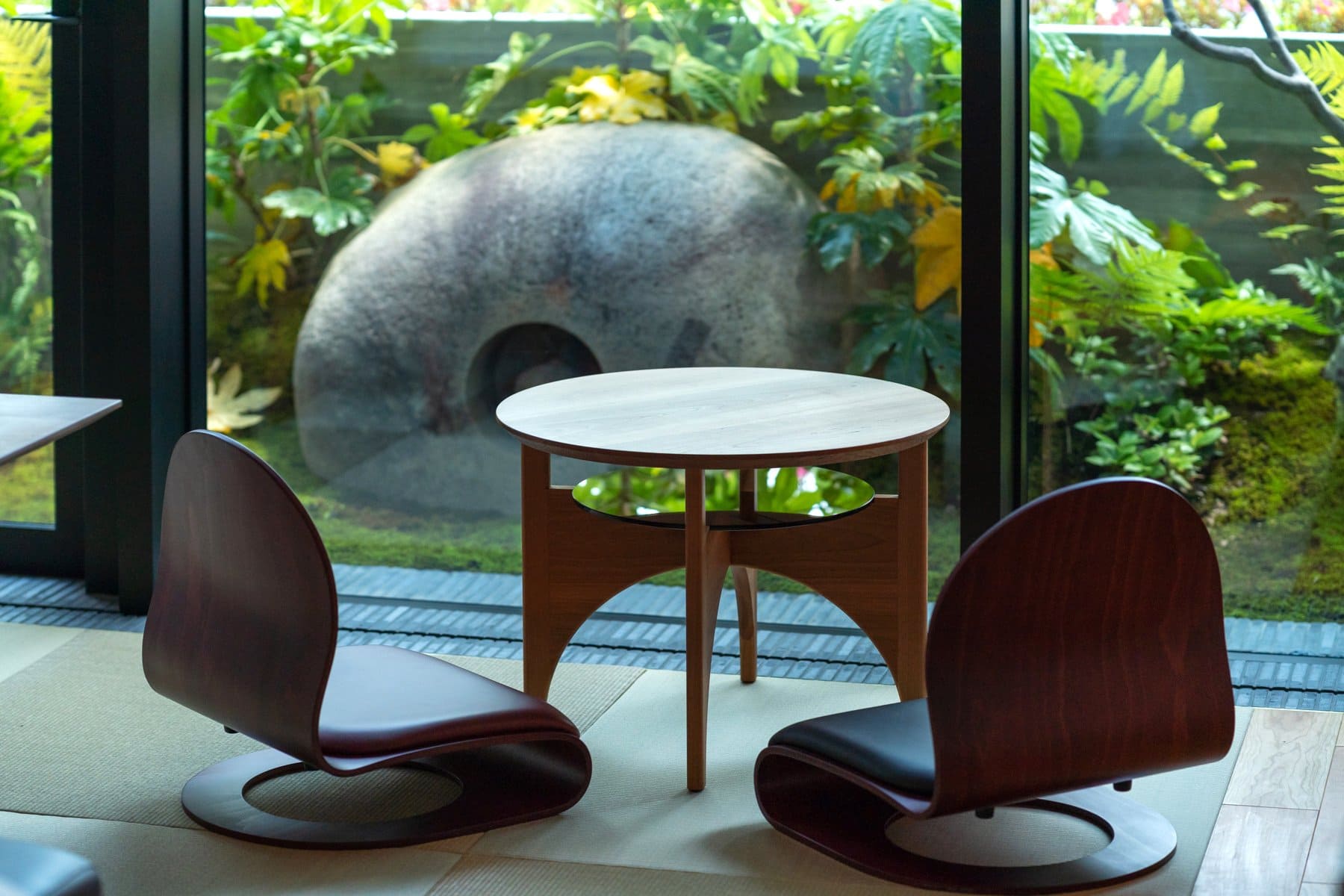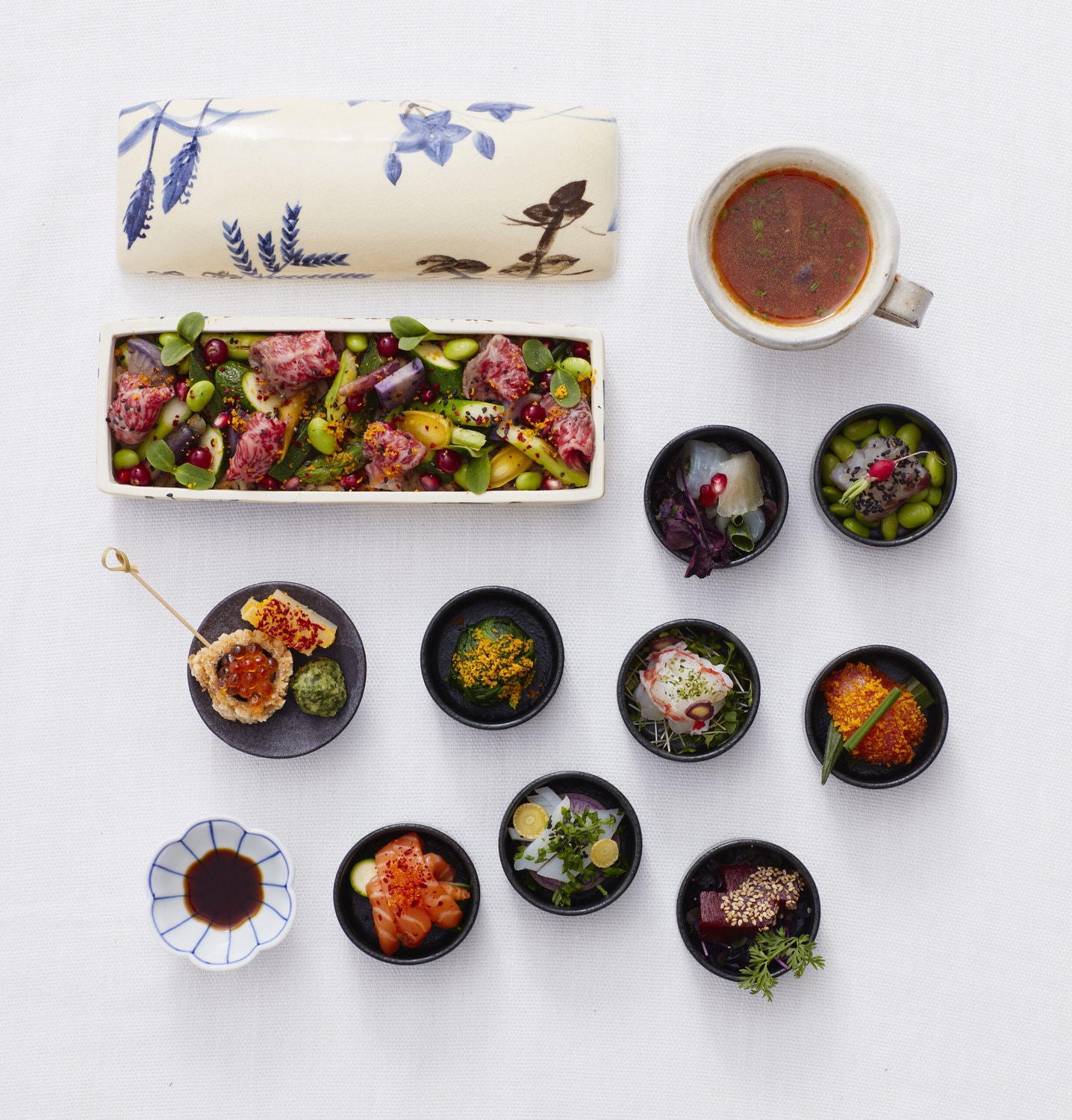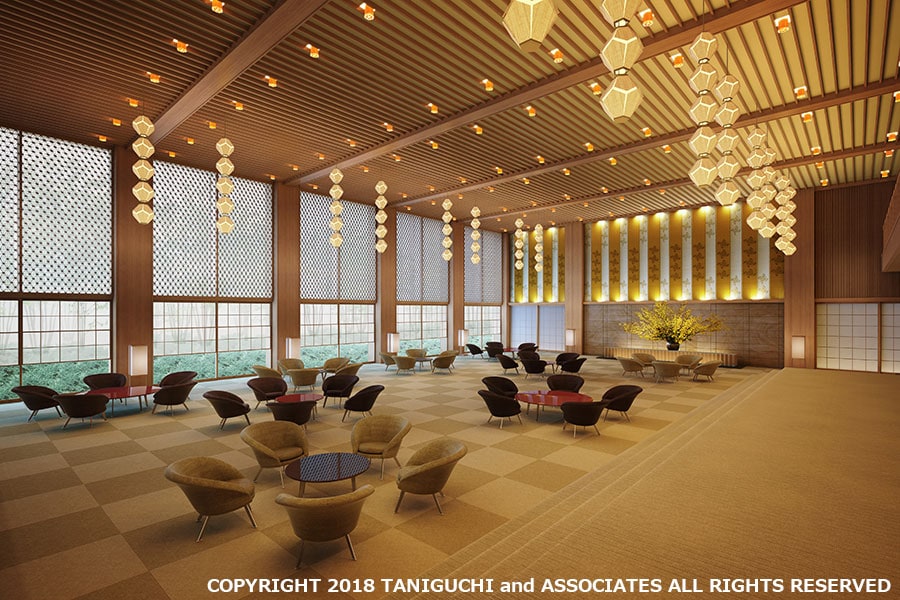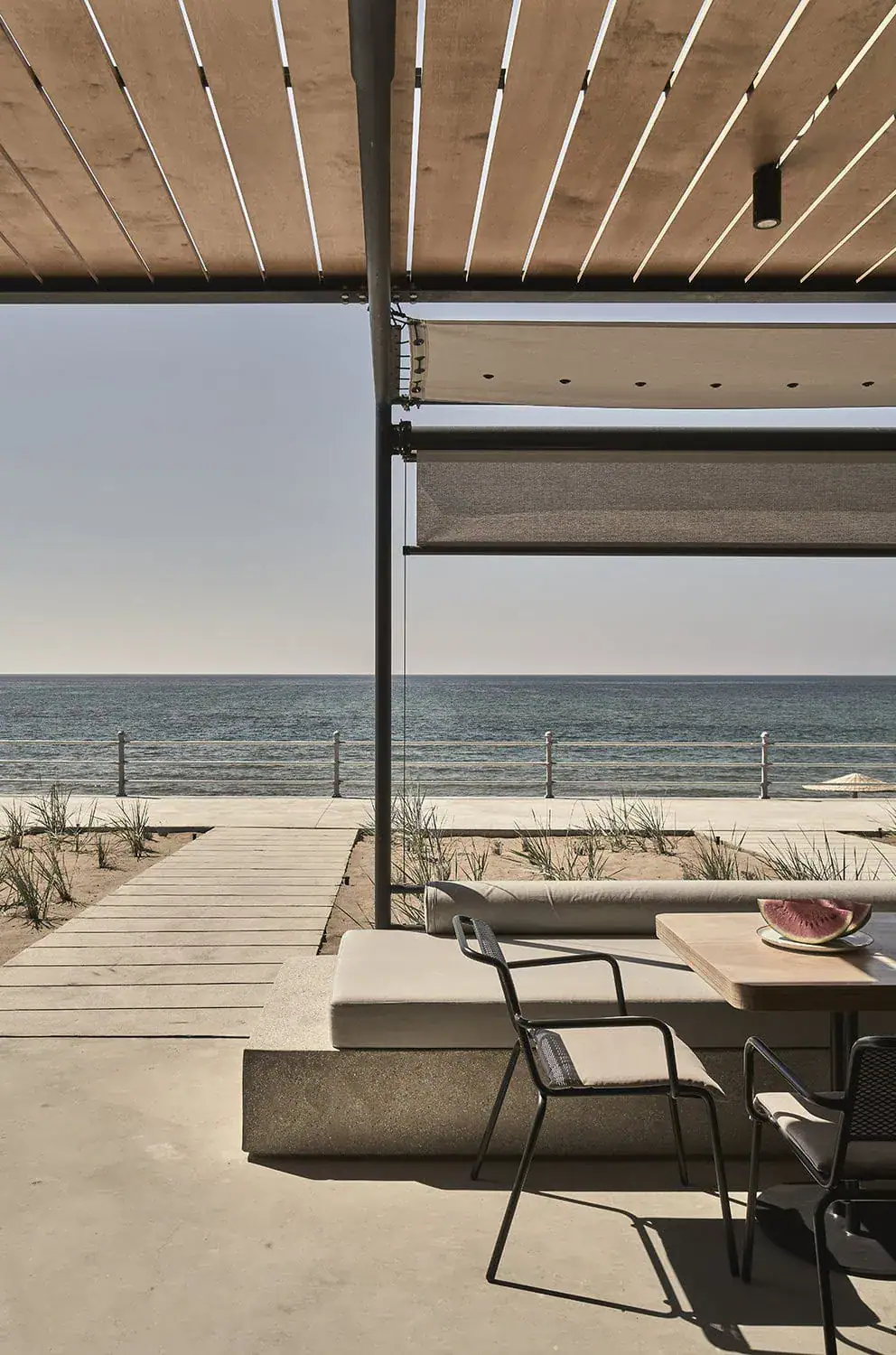At the heart of the interior design of Dubai’s newest gourmet temple, Akabeko, created by 4SPACE, is the interplay between light and shadow. Traditional Japanese aesthetics meet modern design in the extravagant city of Dubai.
147 results for
Japanese
Forest bathing, or "Shinrin Yoku" in Japanese, literally means "taking a bath in the atmosphere of the forest." This nature therapy originated in Japan in the 1980s as a way to combat the rising stress levels of urban populations. It doesn't involve actual bathing, but rather immersing oneself in the forest and fully experiencing the surroundings with all the senses.
EVISU, named after the Japanese god of prosperity Ebisu, is a renowned fashion label known for its high-quality denim products and its unique connection to Japanese culture. Since its foundation in 1991, EVISU has firmly established itself in the world of premium denim fashion and has distinguished itself through its distinctive designs and attention to detail.
With his dishes, young chef Dominik Edlinger is focusing on international accents with a regional touch in addition to the Japanese influence. Inspired by the changing times, he takes up the topic of sustainability with his regional sushi ...
Japanische Ästhetik ist eine einzigartige Verbindung aus Tradition und Moderne, aus Reduktion und Tiefe. Geprägt von Konzepten wie Wabi-Sabi, Yūgen und Ma, zieht sie sich durch Kunst, Architektur, Design und das tägliche Leben. Doch was macht diese Ästhetik so besonders?
After over a decade of travel, study and creative collaboration with Japan, Norm Architects’ shares their uniquely Scandinavian view of Japanese aesthetics.
Origami, the ancient Japanese art of folding paper to make countless shapes, shows us how many masterpieces can be created with a sheet of paper. The same poetic approach has led to the creation of two seats by Lapalma - a brand must have and a recent release - which draw their inspiration from it.
Tokusen Kashikosa snakewood Japanese chopsticks are another step up from ebony or rosewood, and a must-have for lovers of Japanese culinary culture...
Located in a tranquil riverside neighborhood at the heart of Kyoto, GENJI Kyoto is a contemporary interpretation of Machiya townhouses, marrying traditional concepts with modern amenities. Inspired by the Japanese masterpiece Tale of Genji, the story of which took place in the vicinity, the hotel’s designers took motifs from the novel to create a wabi sabi world of beauty and harmony.
NOT A HOTEL Setouchi is the unusual name for holiday homes in an equally unusual setting. The Danish studio BIG designed an exclusive resort in a Japanese national park.
The Japanese restaurant, AKIRA, is on the first floor of Japan House London in Kensington. Named after Chef Shimizu Akira, the restaurant presents a Japanese dining experience based on Akira’s ‘trinity of cooking’ principles - food, tableware and presentation ...
REOPENING ON SEPTEMBER 12th, 2019!

